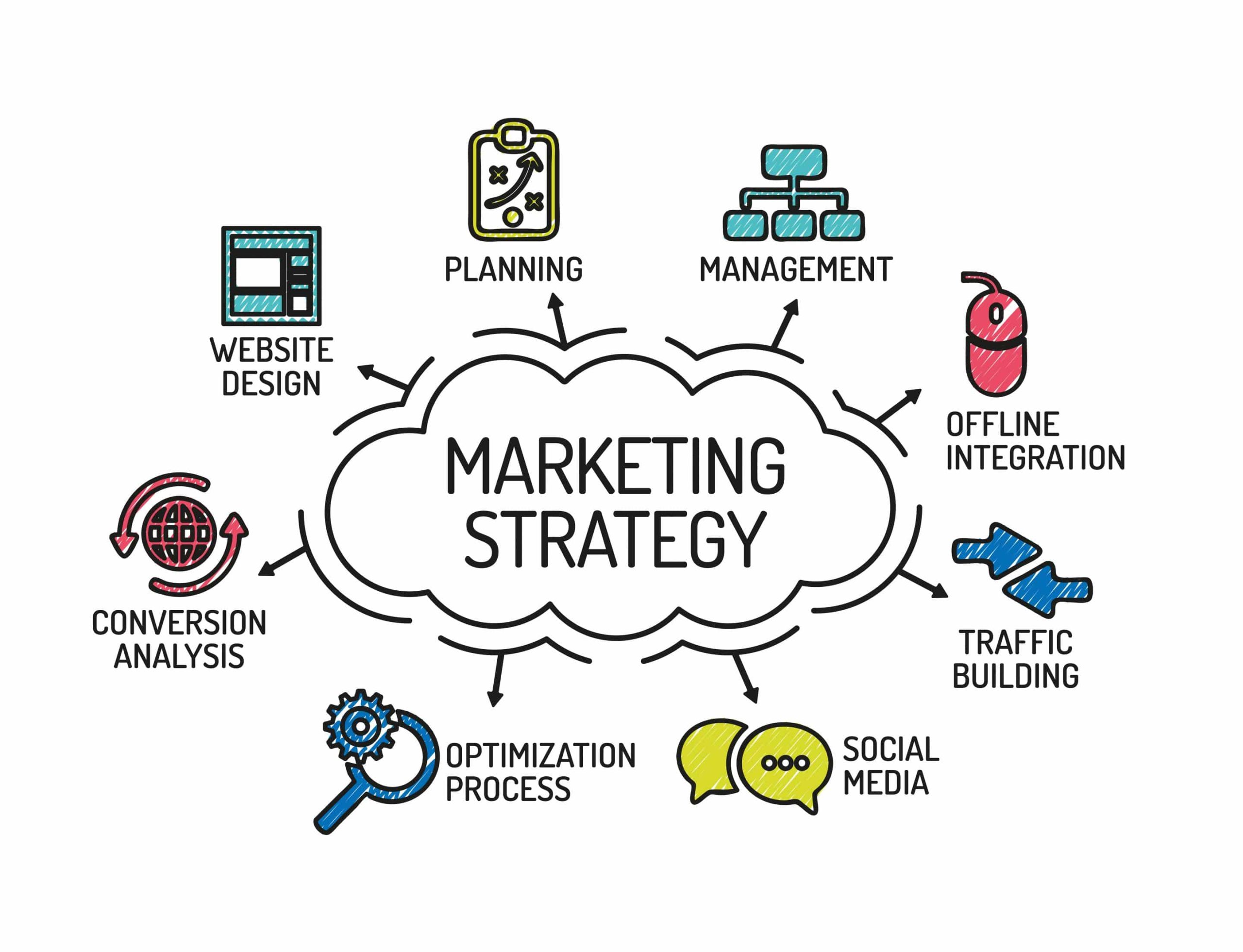The Marketing Consultant Ideas
The Marketing Consultant Ideas
Blog Article
Digital Marketing Company: Our Promotional Methods Drive Consumer Engagement And Boost Sales
Marketing Techniques and Planning: A Development Process

Ever seem like you're tossing spaghetti at the wall, hoping something sticks? That's typically what takes place when marketing methods aren't carefully prepared. A distinct development process is the backbone of any successful marketing initiative. It's about more than just creativity; it's about structure and insight.
Laying the Foundation: Research Study and Analysis
Before diving in, you need to understand the landscape. Who are you trying to reach? What are their needs? What are your competitors doing? Extensive marketing research is vital. I keep in mind once, a company introduced a product without comprehending their target audience's choices, and it tumbled miserably. Don't let that be you!
- Market analysis: Understand the marketplace size, development rate, and trends.
- Consumer profiling: Create comprehensive personalities of your ideal clients.
- Competitive analysis: Identify your rivals, their strengths, and weaknesses.

Setting Goals: What Do You Want to Achieve?
What are your goals? Boost brand awareness? Drive sales? Produce leads? Your objectives should be clever-- Particular, Quantifiable, Attainable, Pertinent, and Time-bound. I imply, what's the point of doing something if you don't understand what you're attempting to attain? It's like setting sail without a destination in mind!
Crafting Your Technique: The Roadmap to Success
This is where the magic occurs. Your method lays out how you'll achieve your objectives. Will you focus on material here marketing, social networks, email marketing, or a mix? What's your unique selling proposal? The secret is to separate yourself and provide something valuable to your target audience. Is your method a well-paved road, or a rough track filled with holes? This will identify your success!
Here are some common marketing methods:
- Content Marketing: Developing and distributing important material to attract and engage your target market.
- Social Media Marketing: Utilizing social media platforms to build brand name awareness and connect with customers.
- Email Marketing: Sending out targeted emails to support leads and drive sales.
Implementation and Execution: Putting Plans into Action
A fantastic technique is useless without efficient execution. Designate obligations, set timelines, and assign resources. Don't simply plan; do! This action can be the most difficult, as it needs coordination, communication, and commitment.
Monitoring and Examination: Measuring Your Results
Are your efforts settling? Track your crucial performance indications (KPIs) and evaluate your outcomes. What's working? What's not? Be prepared to change your technique based on your findings. This iterative process is vital for constant improvement. It resembles checking the compass on a long journey to guarantee you're still headed in the ideal direction. Are you?
In the ever-evolving world of marketing, a robust planning development process is not simply an advantage; it's a requirement. By focusing on research, clear objectives, and adaptive techniques, you can browse the complexities and accomplish enduring success.
Target Audience: Finding Your Marketing Sugary Food Area
Ever feel like you're screaming into deep space? That's what occurs when your marketing misses its mark. It's not about reaching everybody; it's about connecting with the right individuals. Think about it like this: attempting to offer snowboards in the Sahara. You might get a few curious observers, however you're not precisely going to corner the market. Why expend the energy? Instead, focus on where the snow falls and the snowboarders are currently gathering. That focus is your target market.
Why Segment? Avoiding the Snowboard-in-the-Desert Scenario
Division is the art of dividing your prospective customer base into smaller, more workable groups based on shared qualities. Envision a Venn diagram-- each circle represents a section, and the overlap is where the magic occurs, where the most responsive clients live. It's insufficient to know you're offering to "females." Are they Gen Z fashionistas or soccer mommies in their 40s with a penchant for organic groceries? The more granular you get, the more efficient your messaging ends up being. So, instead of one-size-fits-all, you're crafting bespoke experiences. Believe of it as customizing a match versus buying off the rack.
One of the greatest stumbles? Assuming your perfect client is just like you. As marketers, we fall prey to this all the time. We've all heard it "I like it so they should like it". News Flash. That's ego talking, not data. Your personal preferences are irrelevant. Let the market speak. Examine the data. Listen to what your existing customers are stating (and not saying) Discover the commonalities, and after that construct your segments around those findings. This is the method to prevent a pricey misfire.
Tools of the Trade: Unveiling Your Perfect Client
So, how do you in fact do this? Start with data. Great deals of it. Analytics platforms, client studies, social media insights-- these are your treasure maps. Look for patterns. Are there age demographics that consistently convert? Geographical locations where your item resonates? Psychographic characteristics that specify your most devoted customers?
- Demographics: Age, gender, earnings, education, occupation
- Geographics: Location, environment, population density
- Psychographics: Way of life, values, interests, mindsets
- Behavioral: Purchase history, product use, brand name commitment
Don't be afraid to get imaginative. Often, the most valuable insights originate from unexpected locations. Think about using a strategy called "Jobs to Be Done." Rather of concentrating on the functions of your product, consider what "job" your customer is hiring it to do. Are they purchasing your software to conserve time, lower stress, or impress their employer? Understanding the underlying inspiration can unlock brand-new segments you never thought about. And remember, this isn't a one-time workout. The marketplace evolves, therefore should your understanding of it. Routinely revisit your division strategy to ensure it remains relevant and effective, and that your marketing dollars are being spent carefully.
Marketing Channels and Promotional Activities: A Deep Dive
Ever seem like your message vanishes into the space? It's a common dilemma. The marketing landscape is a sprawling, ever-shifting terrain. Selecting the right marketing channels and advertising activities is not almost exposure; it's about resonance. Consider it as crafting a perfectly tuned instrument-- each string (channel) should vibrate in harmony to create a compelling tune (project) What occurs when a string snaps, or even worse, is never ever even strung?
Navigating the Channel Labyrinth
Selecting the appropriate channels is a strategic crucial. Are you pursuing brand awareness, list building, or direct sales? The answer determines your path. To highlight, consider the tale of 2 projects: One, a carefully crafted social networks blitz that yielded zero conversions, and the other, a targeted e-mail series that resulted in a rise of eager customers. The distinction? Positioning. The e-mail campaign spoke directly to a pre-qualified audience already thinking about the offering.
Advertising Activities: More Than Simply Noise
Marketing activities are the lifeblood of any marketing technique. Sales promos, public relations, and material marketing are all practical choices. What happens when your content marketing efforts are neglected? This frequently originates from an absence of worth. Are you offering genuine insights and options, or merely transmitting self-serving ads? The key is to become a relied on advisor, not a persistent peddler.
- Content Marketing: Deliver worth through helpful and engaging material.
- Social Network Marketing: Engage with your audience and construct a community.
- Email Marketing: Nurture leads and drive conversions.
- Seo (SEO): Improve your website's presence in search engine result.
Typical Mistakes and Professional Insights
Among the biggest obstacles companies face is failing to adapt to market variations. Envision introducing an item with an appealing slogan, just to find that a major cultural shift renders it tone-deaf and offensive. Remaining nimble and responsive is vital. Routine analysis of campaign performance is also necessary. Are your efforts yielding the desired outcomes? If not, do not hesitate to pivot. The only constant in marketing is change.
Another frequent oversight is disregarding client division. Attempting to attract everyone belongs to shouting into the wind. Recognize your perfect customer and tailor your messaging accordingly. This needs a deep understanding of their needs, desires, and behaviors. By focusing your efforts on a specific target market, you can optimize your impact and decrease squandered resources.
Ultimately, successful marketing hinges on a mix of strategic planning, imaginative execution, and steady adaptation. By understanding the subtleties of different marketing channels and promotional activities, you can craft a campaign that resonates with your target market and drives tangible outcomes.
Market Research and Competitive Analysis
Ever seem like you're wandering in the dark, browsing for a light switch that just will not turn on? That's how introducing a marketing campaign without strong market research feels. It's like baking a cake without a recipe-- you might end up with something edible, however possibilities are it will not be a work of art. So, how do you brighten your course?
Unveiling the Landscape: Market Research Study Techniques
Marketing research isn't simply about collecting data; it has to do with understanding the very heart beat of your target market. Consider it as ending up being a detective, piecing together ideas to solve the secret of what your possible consumers truly want. Are they craving convenience? Sustainability? Or perhaps a touch of fond memories? You need to know. One typically ignored aspect is psychographic segmentation. It's inadequate to know their age or earnings; you need to comprehend their worths, lifestyle, and aspirations. What makes them tick?
One expert suggestion? Don't rely solely on surveys. Observe real-world behavior. For example, if releasing a new line of eco-friendly products, hang out in farmers' markets or organic supermarket. Speak to people, observe their purchasing practices, and get a feel for their genuine issues.
Sizing Up the Competitors: Competitive Analysis
Now, let's discuss your rivals. Overlooking them is like getting in a boxing ring with your eyes closed. A competitive analysis involves recognizing your rivals and assessing their strategies to identify their strengths and weak points relative to your own. It's not about copying them; it has to do with identifying opportunities to differentiate yourself and take your specific niche. Have you ever observed how some coffee bar prosper right beside a Starbucks? It's because they have actually recognized a particular market segment that Starbucks isn't totally serving, like a preference for locally sourced beans or a cozy, intimate environment.
The greatest mistake with competitive analysis isn't the absence of information however rather a failure to act on it. All the spreadsheets and charts worldwide won't assist if you don't equate those insights into concrete actions. And keep in mind the value of looking beyond direct competitors. Consider indirect rivals also. Who else is competing for your target market's attention and spending plan?
- Identify Secret Rivals: Who are they, and what are their market shares?
- Examine Their Marketing Strategies: What channels are they using? What's their messaging?
- Assess Their Strengths and Weaknesses: What are they great at, and where are they doing not have?
- Find Opportunities for Differentiation: How can you stand apart from the crowd?
Keep in mind, the marketing landscape is ever-evolving. Continuous monitoring and adjustment are important for long-lasting success. By embracing both marketing research and competitive analysis, you can navigate the complexities of the market and position yourself for continual development.